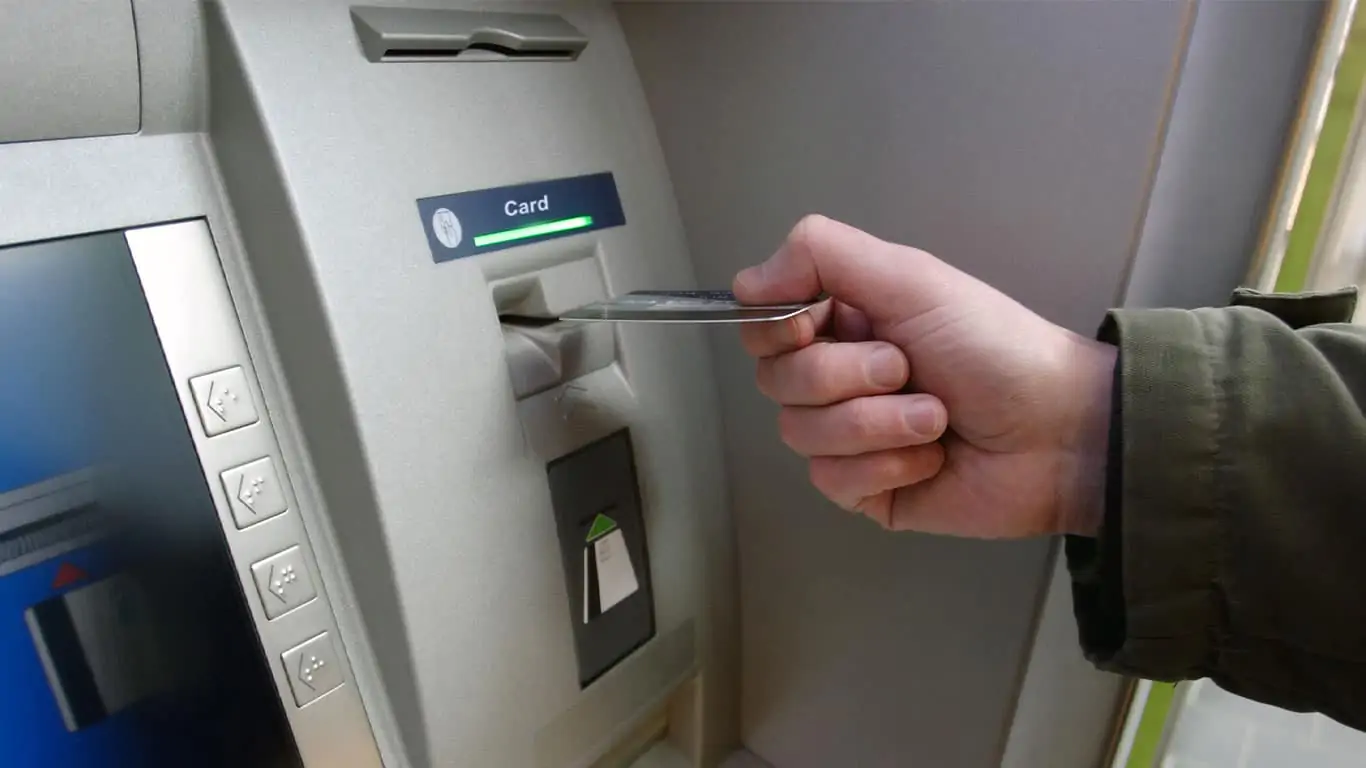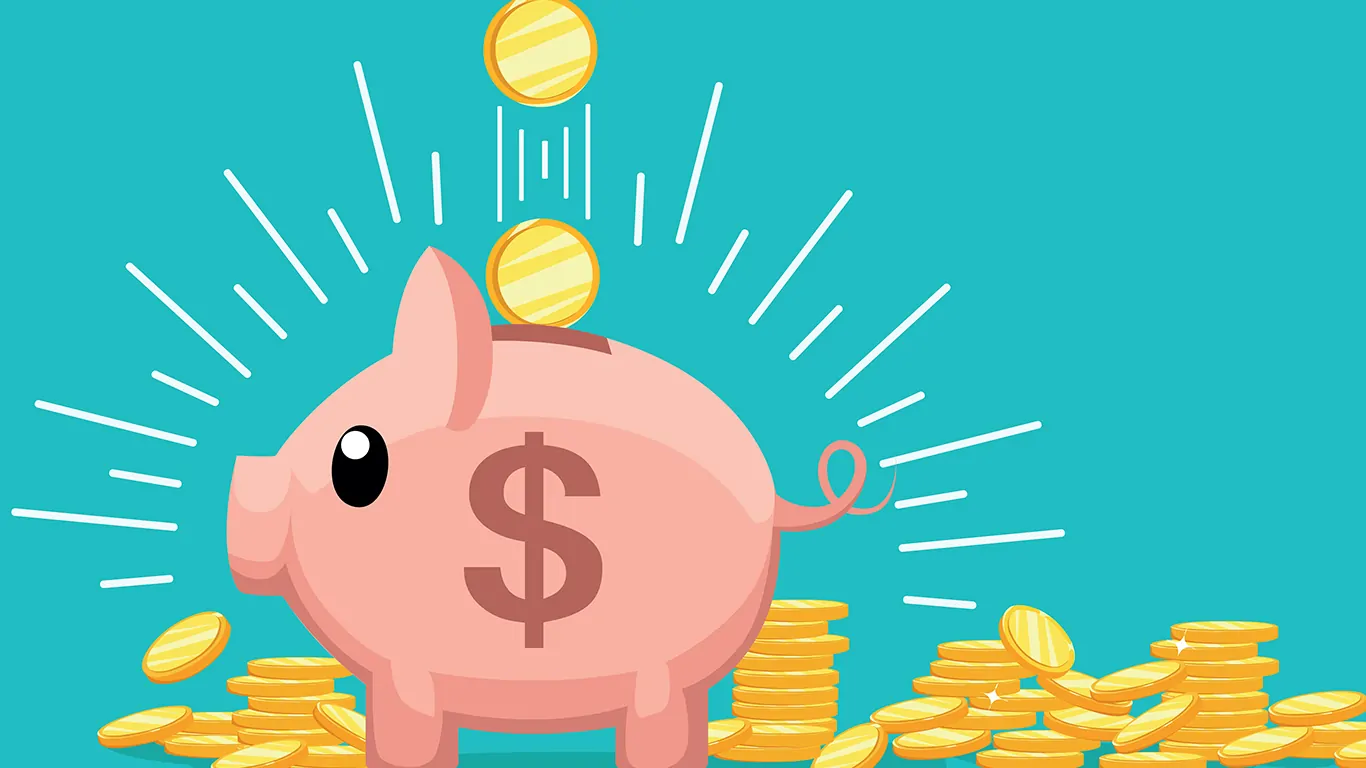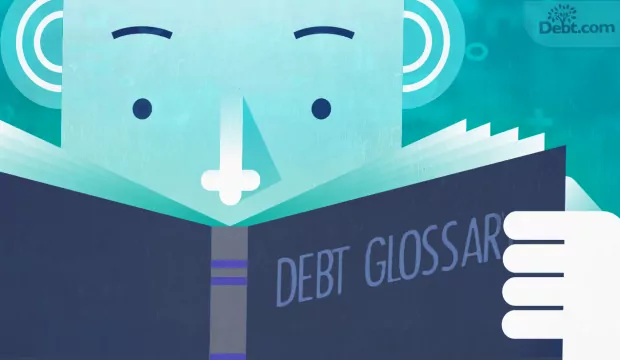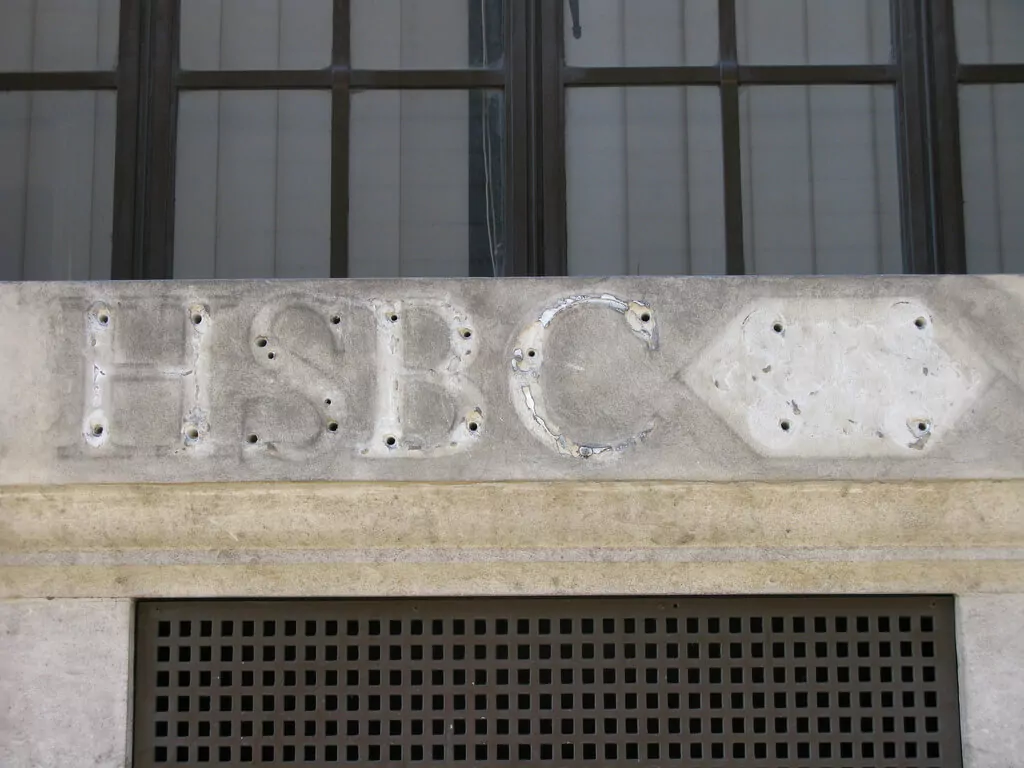Banking
Is your banking strategy building you up or holding you back?
Banking usually isn’t something that people give a lot of thought to on any given day. When it comes to finance, most of us are focused on “bigger” things like eliminating debt and saving for retirement. But how and where you bank can have a big impact on your ability to manage your money effectively.
The articles in this section cover everything related to consumer banking. From new regulations from Washington to the latest banking technology, this is everything you need to know to bank smarter.
Browse by Tags
-
What Is A Debit Card?
Discover the ins and outs of managing your personal finances with a debit card in this in-depth guide.
-
What Is Banking?
Discover the role of banks in the economy and how they provide essential services and products
-
6 Pros and Cons of Bank Account Bonuses
Consider these factors before opening a new bank account for a sweet sign-on bonus.
-
10 Ways Playing Monopoly Can Teach Your Children About Money
Learning about money is boring. Board games are fun. Play one and teach your kids a lesson without them noticing.
-
Kids Banking: 3 Account Types Every Parent Should Consider
Want to teach your kids good money habits and set them up for success? Laura breaks down three types of kids banking accounts and gives you her recommendations so you’ll…
-
Why Does the Federal Reserve Raise Interest Rates? And What’s Wrong with the Fed Anyway?
If you’re concerned about an interest rate hike, this article will explain why the Federal Reserve raises interest rates, what it accomplishes and protects against, and why the Fed is…
-
The Fed Cuts Interest Rates for First Time in 11 Years
Rates haven’t gone down since the 2008 financial crisis.
-
Which Is Better, A Credit Union Or A Bank?
A reader’s relationship might hinge on the answer.
-
Where To Get A Bank Account That Actually Earns You Money
Switching to one of these high-yield checking accounts could earn you hundreds in interest per year.
-
How To Hide Money From Your Spouse: A Sneaky, Step-By-Step Guide
If you’re going to do something immoral, at least do it the right way.
-
Personal Finance Dictionary
Not sure about a term used on your credit agreements or bills? Debt.com has a comprehensive debt and credit glossary so you can understand key terms as you work to…
-
My Bank Closed My Checking Account Without Telling Me
After seven years, my bank suddenly closed my checking account and didn’t return my money. Here’s what I learned.














